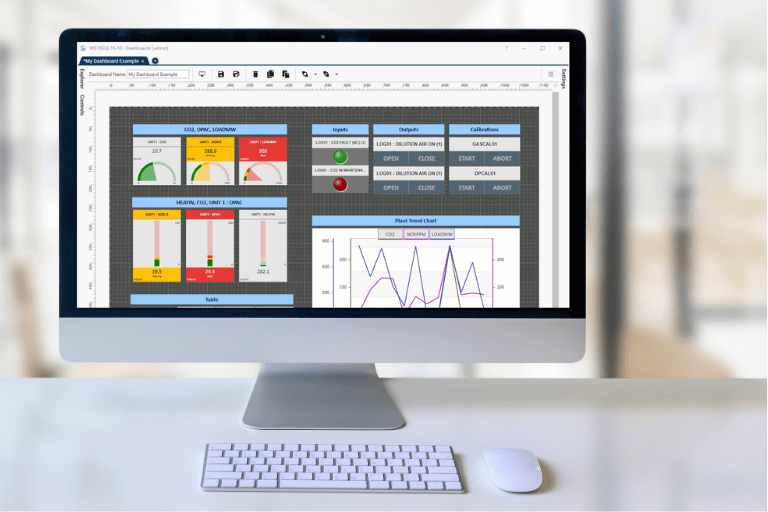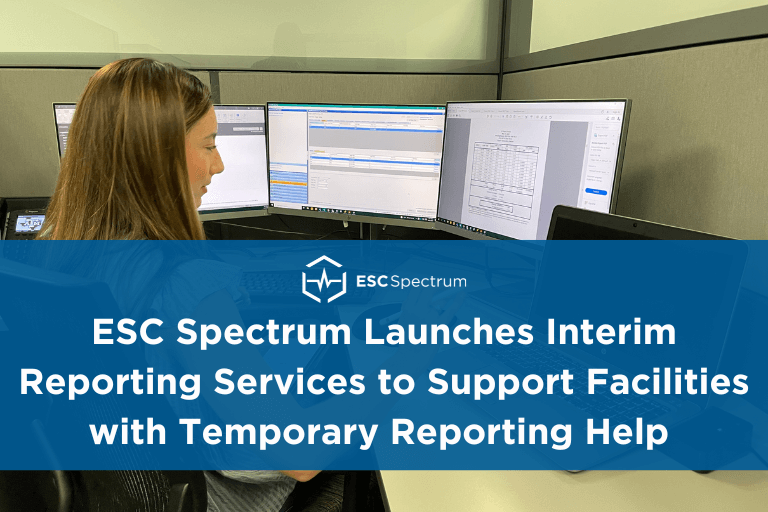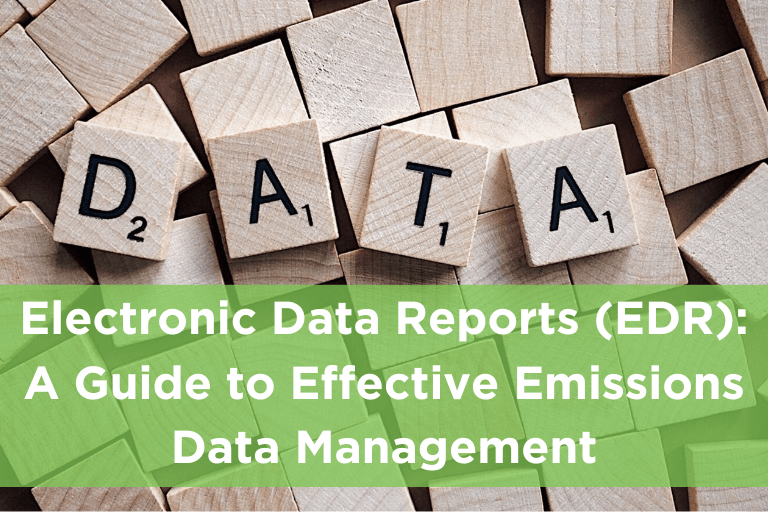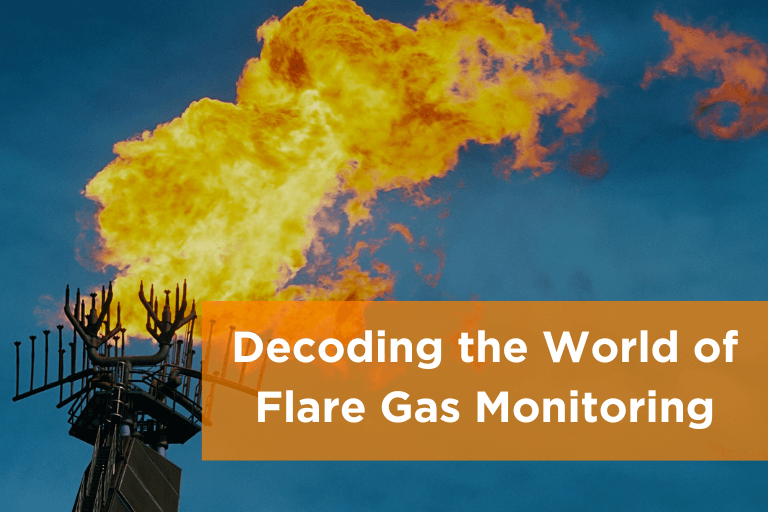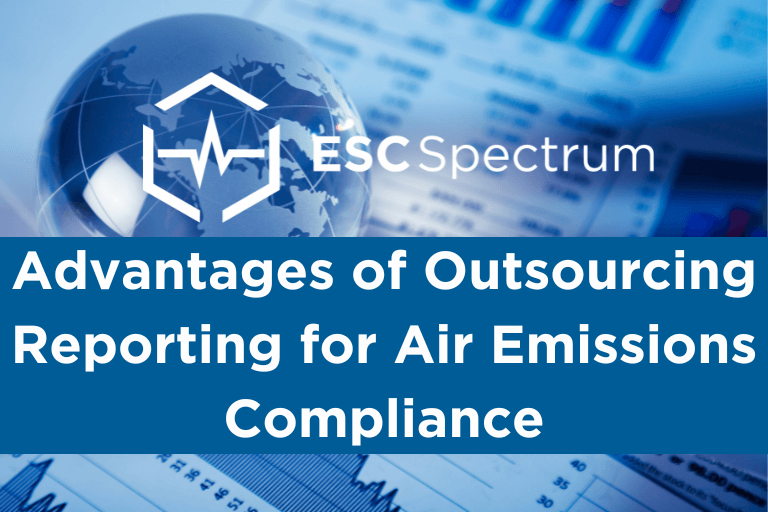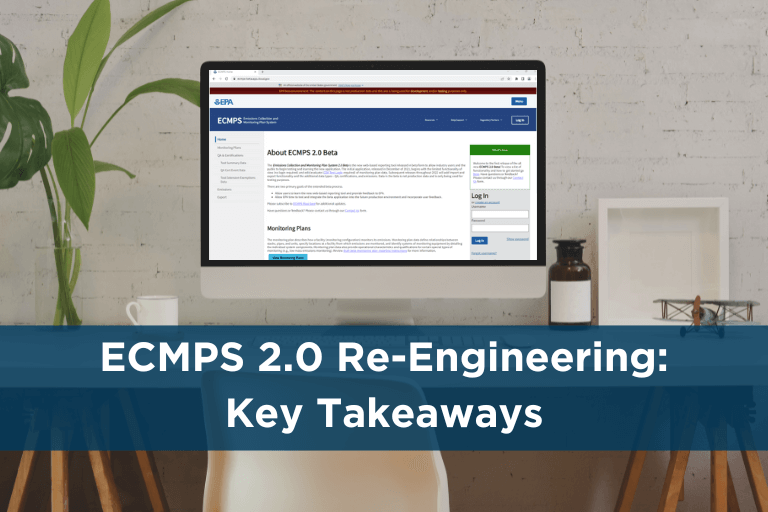Regulatory & Reporting Services
Stay Ahead with Expert Reporting & Regulatory Support
ESC Spectrum provides expert-backed Regulatory & Reporting Services to help facilities proactively maintain compliance and avoid costly errors.
Available exclusively for DASProtect members using StackVision or Prism, our services ensure accurate data collection, troubleshooting, and seamless report submission preparation to the EPA or state agencies.
Proactive Compliance Monitoring
Expert Regulatory Guidance
Federal, State & Local Regulations
How ESC Spectrum Solves Compliance & Reporting Challenges
Managing emissions reporting is complex, with changing regulations, manual data errors, and strict deadlines. ESC Spectrum helps facilities be proactive rather than reactive—identifying and correcting issues before submission.
Challenge | How ESC Spectrum Helps |
| ❌ Regulatory Complexity – Changing EPA & state reporting requirements | ✅ Expert Guidance – Our regulatory specialists keep you informed of pending or new regulations that may affect your daily operations. |
| ❌ Risk of Non-Compliance – Manual errors leading to costly penalties | ✅ Proactive Data Review – Weekly and monthly data reviews identify issues early, preventing violations. |
| ❌ Audit Stress – Struggles with data validation & permit alignment | ✅ Seamless Report Generation – We generate EDRs, troubleshoot errors, and prepare files for EPA ECMPS submission, making audits stress-free. |
| ❌ Compliance Gaps from Outdated Documentation – Monitoring Plans and QA/QC documentation must be updated whenever CEMS changes occur to avoid regulatory violations and audit risks. | ✅ Monitoring Plans & QA/QC Management – We help update your monitoring plan when your facility has made any changes to its CEMS to keep your facility compliant. Additionally, our team also writes and updates QA/QC plans to ensure your DAS is fully aligned with permit requirements. |
| ❌ Understaffed – Environmental managers are retiring, overburdened, or facing staffing shortages and cannot train temporary staff. | ✅Interim Reporting Services – We provide experienced, temporary support to handle reporting and regulatory tasks without the need for training. |
| ❌ Unexpected Compliance Issues – Maximum Load or MPC exceedances affecting permit limits | ✅ Early Issue Detection – We proactively notify you of potential exceedances before they become violations. |
Our Regulatory & Reporting Services
Our Reporting Services allow facilities to identify & correct issues before submitting reports, reducing compliance risks. Available exclusively to DASProtect members using StackVision or Prism.
- EPA & State Reporting Assistance
- Audit Preparation & Inspection Support
- Regulation Tracking & Updates
- QA/QC Plan Development & Revision
- Part 75 Monitoring Plan Updates
- Interim Reporting Services
- Weekly & Monthly Data Reviews (Proactively identify & correct issues)
- 40 CFR 75 XML/JSON EDR Reporting
- 40 CFR 75 LME (Low Mass Emitter) Reporting
- 40 CFR 60 Permit Reporting
- Custom Emissions Data Reports & Validation
- Emissions Data Report (EDR) Generation
Services In-Depth Breakdown
- Identify missing data, anomalies & calibration issues
- Review alarms & process data integrity
- Validate emissions & QA EDR in ECMPS
- Troubleshoot issues before submission
- Send summary reports to facility staff
Prevents compliance issues before submission deadlines.
- Remote data access & EDR generation
- Error troubleshooting & emissions file preparation
- Compliance check for max load, MPC exceedances, etc.
- Alert facility staff to issues needing attention
Customer is responsible for submitting the EDR via ECMPS.
- Generate quarterly LME XML/JSON EDRs
- Use LME Vision or ECMPS 1.0 for compliance validation
- Troubleshoot & prepare reports for EPA submission
- ESC Spectrum can review your facility’s data to determine whether transitioning to LME status is beneficial.
Customer must notify ESC Spectrum of unit status changes.
- Remote system access & data validation
- Review & troubleshoot downtime/exceedance events
- Generate & verify required permit reports
- PADEP CEMDPS Reporting Support (if applicable)
Customer is responsible for submitting reports to local agencies
Ensuring your DAS is aligned with permits, even as rules & personnel change.
Regulatory & Engineering Team Collaboration
- Review facility permit & compare with DAS configuration
- Identify compliance gaps & misalignments
- Update system settings for regulatory accuracy
If your facility has made any modifications to its CEMS—even minor ones—you must update your Monitoring Plan report to remain compliant.
Why It Matters: As permits evolve and personnel changes, compliance risks increase without proper system alignment. ESC Spectrum ensures your Monitoring Plan is audit-proof and accessible to facility staff.
ESC Spectrum’s Interim Reporting Services help facilities manage short-term staffing gaps by providing temporary support for reporting and regulatory tasks for a defined period of time. This ensures compliance during periods of leave, retirement, or other staffing issues.
Our team can write or revise your QA/QC plans in accordance with your permit and current regulations and ensure that StackVision or Prism is aligned with them.
Why It Matters: Routine air permit inspections often review these plans and associated documents. We recommend reviewing the plan annually or whenever a change is made to your CEMS.

